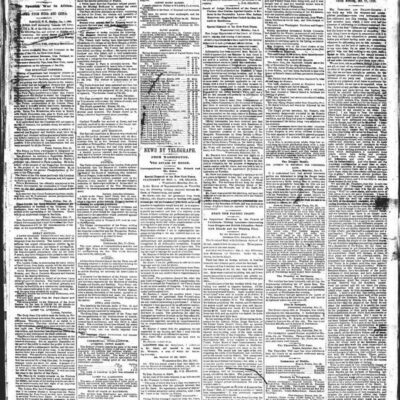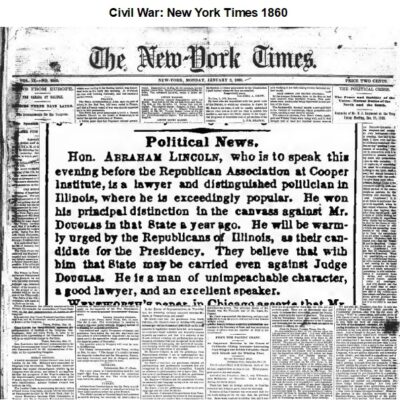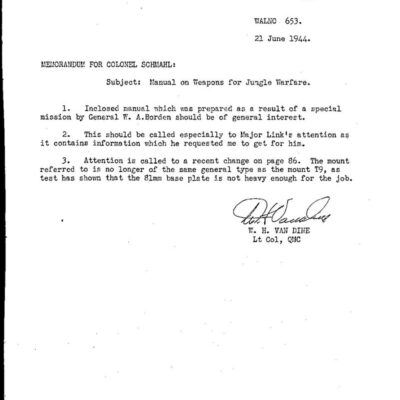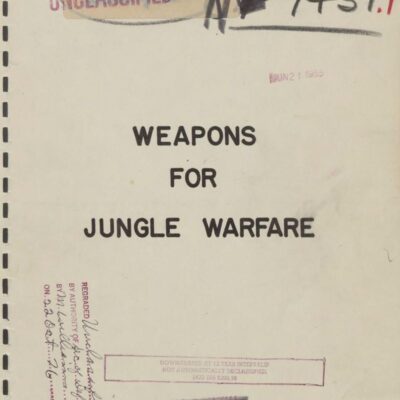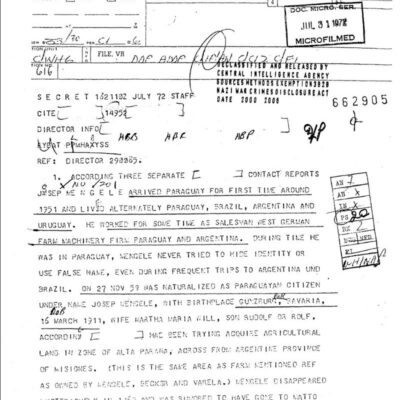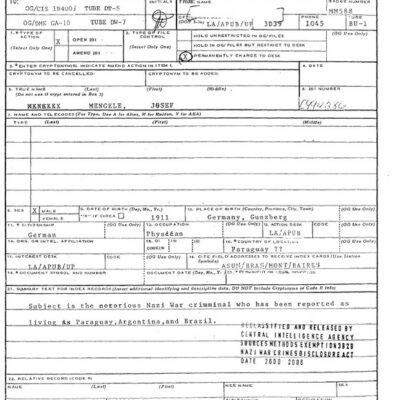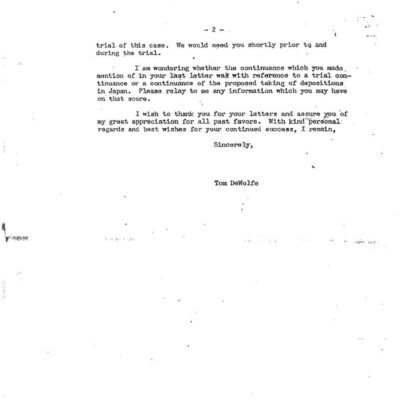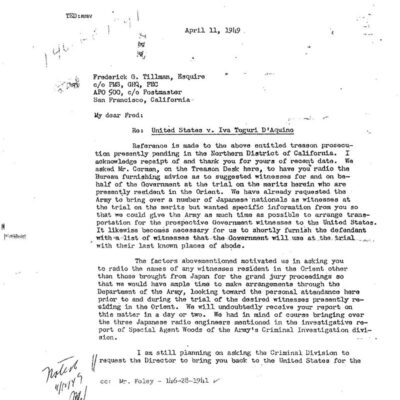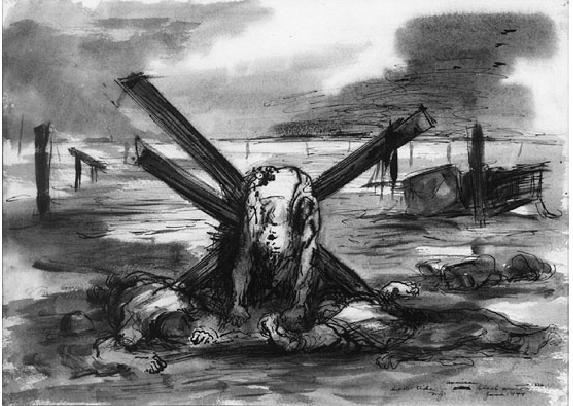
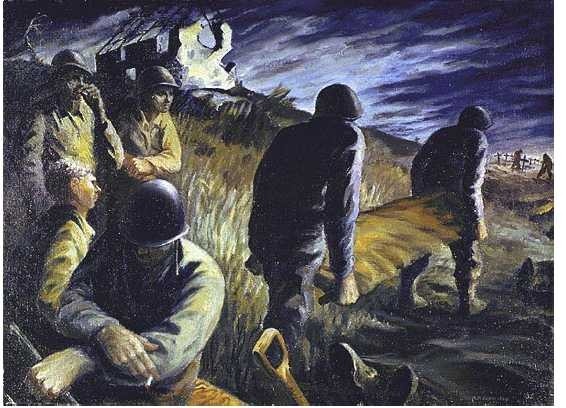
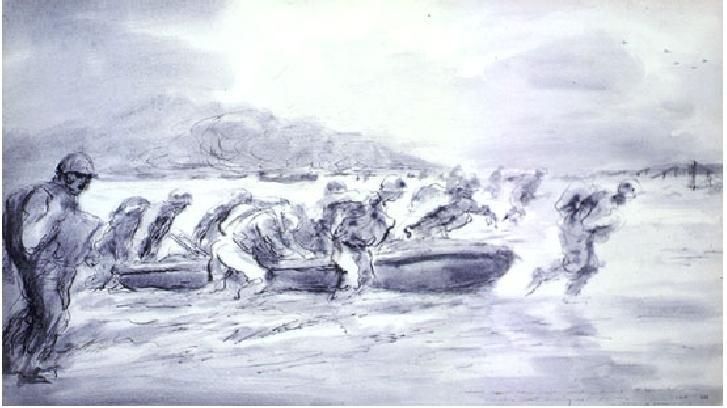
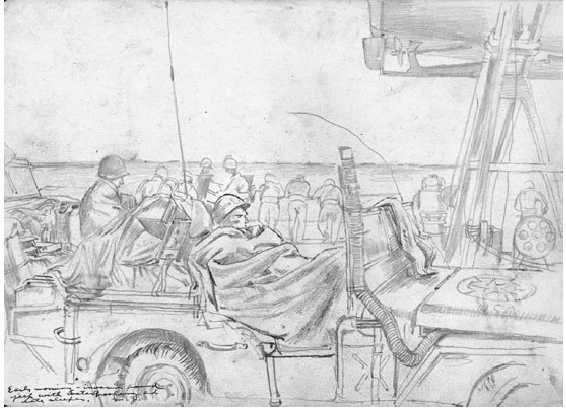
D-Day Art – Invasion of Normandy (1944-1945)
$19.50
Description
D-Day: Timeline and Key Figures
Timeline of Main Events (June 1944 – September 1944):
- Pre-Invasion (Prior to June 5, 1944): Allied forces spent three years planning and preparing for the invasion of Normandy in Britain. This involved accumulating soldiers, materials, and specialized landing craft in ports across Southern England. Combat artists like Dwight Shepler lived with vessel crews to capture the preparations.
- June 5-6, 1944: Invasion troops boarded ships and received briefings on their missions. They crossed the English Channel to Normandy.
- D-Day, June 6, 1944:Allied forces landed on the beaches of Normandy under heavy German fire.
- Naval forces bombarded German fortifications to weaken enemy resistance.
- Naval beach battalions landed to manage logistics and evacuate the wounded.
- Naval demolition units reached the beach with the first assault troops to clear obstacles.
- Post D-Day, June 1944:Heavy casualties suffered on both sides.
- Allied dead were buried near the beaches, with German prisoners of war assigned to the task.
- German prisoners of war were captured and transported to POW camps in Britain.
- The beaches became active hubs for reinforcements and supplies.
- German warplanes and artillery continued to attack the beaches.
- The artificial harbors, known as “Mulberries,” were towed across the Channel and assembled to facilitate the unloading of cargo ships.
- June 19-20, 1944: A severe storm in the English Channel destroyed one of the “Mulberry” artificial harbors.
- Late June 1944: Allied forces captured Cherbourg, aiming to secure its port facilities and eliminate the U-boat base.
- By September 1944: Allied forces had liberated most of France and were prepared to cross the Rhine into Germany.
Cast of Characters:
- Dwight Shepler: U.S. Navy combat artist. He recorded naval activities in the Pacific and European theaters. Before D-Day, he captured preparations in England and Northern Ireland. During the invasion, he was aboard an American destroyer and later ashore, documenting the fighting on the American beachhead.
- Mitchell Jamieson: U.S. Navy combat artist. He crossed the Channel on D-Day aboard an LST and went ashore with one of the first demolition units at Normandy. His combat paintings were published in Life and Fortune.
- Alexander Russo: U.S. Navy combat artist. He participated in the African and Sicilian campaigns before D-Day. He accompanied naval forces on a landing craft on D-Day, documenting the invasion preparations and later the drive across France.
Art D Day – Normandy Invasion Artwork (1944-1945) – d-day easy drawing
A collection of 186 paintings, drawings, and sketches created by U.S. Navy combat artists before, during, and after the D-Day invasion.
The D-Day invasion of Normandy in June 1944 marked the peak of three years of planning and preparation by Allied forces based in Britain. Despite facing strong German resistance, troops from the British Commonwealth and the U.S. established a beachhead, overcame German counterattacks, and eventually launched a rapid campaign across France. By September 1944, Allied forces had liberated most of France and were ready to advance across the Rhine River into Germany. Alongside Allied troops in northern Italy and Soviet forces advancing into Poland and the Balkans, the defeat of Nazi Germany was imminent.
Throughout all phases of the operation, Navy combat artists Dwight Shepler, Mitchell Jamieson, and Alexander Russo observed and documented various aspects of this extensive and intricate campaign. Although the events were also captured on film and through photography, their artwork expresses the emotions and sentiments associated with the occurrences. This collection showcases all known pieces created by these three artists before, during, and after the D-Day invasion, during which they were required to carry both a weapon and a sketchbook.
For the young artists, the experience was unlike any other. During their training, they lived alongside the crews of the ships that would participate in the invasion; they traveled with the vessels across the channel and accompanied the troops during their landings. Their paintings, along with descriptions of their work, faced stringent censorship. It wasn’t until long after the events took place that their artwork was permitted to be included in historical records accessible to the public. Mitchell Jamieson’s combat artwork, which spans from the North African campaigns to the surrender at Tokyo Bay, was widely published in magazines like Life and Fortune. Lieutenant Jamieson received the Guggenheim Fellowship twice and also earned the Award of Merit from the American Academy of Arts and Letters; he landed on D-Day aboard an LST and joined one of the first demolition teams at Normandy.
Specialist First Class Alexander Russo documented the African and Sicilian campaigns during World War II before joining naval forces on a landing craft for D-Day. His background in art training and experience with magazine staff made him a suitable choice by the U.S. Navy to illustrate the invasion preparations, D-Day, and the subsequent advance through France.
Dwight Shepler, affiliated with the American Artist’s Group and the American Artist’s Professional League, was selected by the U.S. Navy to capture the naval conflict in both the Pacific and European theaters. From the mud of Guadalcanal to the extensive buildup in Great Britain before D-Day, Commander Shepler discovered numerous subjects to paint. He depicted activities around naval bases and coastal regions of England and Londonderry, Northern Ireland, leading up to D-Day, and was aboard an American destroyer during the invasion. On land, he portrayed the devastation of the first American beachhead in France.
The themes represented in this artwork include:
Pre-invasion, Planning and Preparation: The Allied preparations for the Normandy invasion were unmatched in their size and intricacy. Alongside gathering hundreds of thousands of troops and millions of tons of supplies in Britain, the Allies collected numerous specialized landing crafts at ports throughout southern England. Crossing the Channel: The training was completed, but the invasion troops were unaware of this until they boarded their ships heading across the English Channel during the night of June 5-6, 1944. Once aboard, they received initial briefings about their missions. Afterward, they were left to prepare as needed or to reflect privately.
D-Day, 6 June 1944: A convoy of transport ships ferried the invasion forces across the channel, while groups of landing craft, commanded by Navy coxswains, took them the last stretch to the beaches. Squadrons of battleships, cruisers, and destroyers conducted pre-landing bombardments to demolish German beach defenses and weaken the enemy. Additionally, naval beach battalions landed under fire to manage logistical operations on the beaches and attend to the wounded and facilitate their evacuation.
The Wounded and The Dead: The German fortifications on the Normandy beaches were strong and strategically constructed, manned by skilled and disciplined veterans. They inflicted significant casualties on the Allies. In contrast to later conflicts, where combat deaths were airlifted back to the United States for burial in family or national cemeteries, the Allied soldiers who died during the Normandy invasion were laid to rest near the sites of their deaths. The decaying bodies posed a health hazard to survivors, making it crucial to bury them quickly and safely. Instead of assigning Allied troops for this task, the Allies utilized German prisoners of war to establish cemeteries, dig graves, and inter the fallen soldiers. This approach allowed Allied soldiers to engage in more critical duties elsewhere in the combat zone while keeping the German prisoners occupied. The cemetery includes both German and Allied fatalities. The Prisoners: As the allied forces advanced from the beaches into the interior, they captured many German soldiers. After being divided into groups of officers and enlisted personnel on the beach, these captured Germans were sent to prisoner of war camps in Britain.
Invasion of Normandy Wreckage: The remnants of battle were scattered across the battlefield. During the Normandy invasion, German defenses and obstacles destroyed many Allied landing crafts and vehicles both in the water and on the beaches. These mangled wrecks served as stark reminders of the sacrifices made for the invasion’s success.
Beach Activity: With the fighting moving away from the invasion beaches, those areas became bustling with action. Reinforcements crossed the English Channel from Britain, and thousands of tons of supplies were transported by ships to bolster the Allies’ strength. However, it was not peaceful for the troops on the beaches or for the ships waiting to unload; German aircraft attacked with bombs and gunfire, while artillery continued to bombard the beaches, keeping them perilous.
The Mulberry: A remarkable logistical feat of the Normandy invasion was the creation of large artificial harbors known as “mulberries.” These structures were designed, constructed, and brought to the beaches, which lacked natural harbor facilities essential for ongoing support of the invasion. Built in English ports, the “mulberries” and their artificial breakwaters, meant to withstand rough seas, were painstakingly towed across the Channel right after the invasion and assembled. They enabled deep-water Allied cargo ships to unload swiftly and allowed LSTs to make quick returns without waiting for high tide. The Storm of 19-20 June 1944: Weather conditions were always unpredictable. The storms in the English Channel have historically been fierce, with strong winds churning the waves in the narrow space between Normandy and England. The severe storm on June 19-20 accomplished what the Germans failed to do: it destroyed the large “mulberry” artificial harbors.
The Taking of Cherbourg: One of the goals for the Allies after landing in Normandy was to seize the port city of Cherbourg, which had facilities suitable for receiving reinforcements and supplies. Cherbourg was also a target because it served as a significant base for Nazi U-boats, shielded from Allied airstrikes and artillery by massive concrete shelters. Despite the evident devastation of war, the Allies managed to capture Cherbourg with its port largely undamaged
